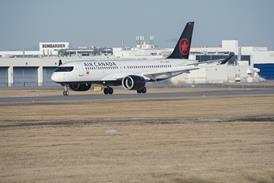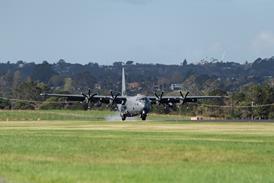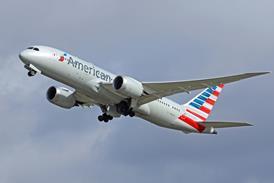Andrew Doyle/LONDON
DUTCH MANUFACTURER Fokker is working on airframe and avionics modifications to its JetLine family of Fokker 100 regional jets, to allow them to be operated at London City Airport, threatening Avro International Aerospace's long-standing monopoly on jet operations at the airport.
Fokker's move is likely to trigger intense competition between the two manufacturers to offer airlines 100-seat jets for London City operations. It follows Avro's decision to modify its RJ100 with a new flap setting, to boost the aircraft's payload capacity from the airport.
Swiss carrier Crossair is poised to become the first carrier to fly 100-seat jets into London City when it takes delivery of RJ100s in October, but "artificial" take-off weight limits at the airport are likely to mean payload restrictions for operators of either type.
A Fokker 100 recently became the largest jet transport to land at London City, with an actual landing weight of over 35t, after making three successful steep approaches during an "exploratory" flight.
Fokker is now undertaking a flight test and certification programme to get the JetLine family, starting with the smaller Fokker 70, certificated for operations at London City. The tests are scheduled to run through the second half of 1995 and would clear the way for Alitalia to fly its recently ordered Fokker 70s into the airport, although Alitalia maintains that its London City plans are "not confirmed".
London City Airport's location necessitates a 5.5° glide-slope on approach to the 1,200m runway. This has resulted in Fokker having to offer two significant modifications to the aircraft.
The first of these is a reduction in the pre-charged pressure in the aircraft's main landing gear (MLG) struts. Fokker says: "A consequence of coming in steep is that the landing can be harder and the reduction of the MLG pre-charge pressure will compensate for this by providing increased cushioning."
The second change will involve software changes. These will be required to re-configure the aircraft's avionic systems from the standard 3° glide-slope to the 5.5° necessary for London City, surrounded by high-rise buildings.
Source: Flight International























